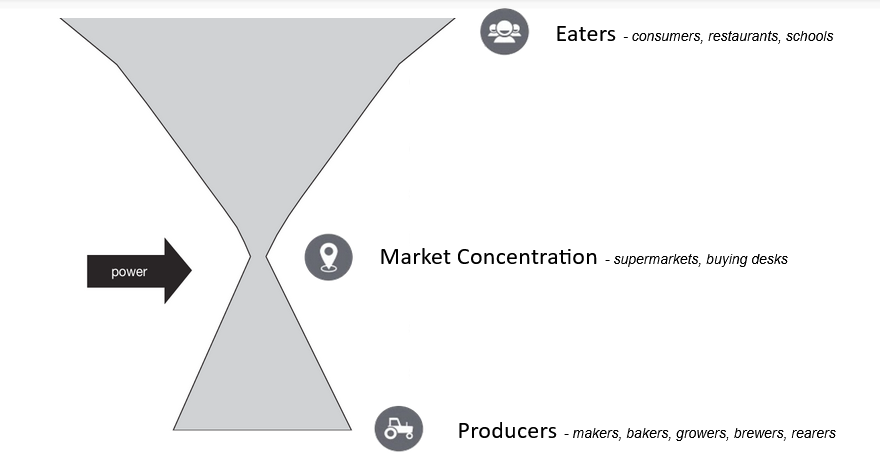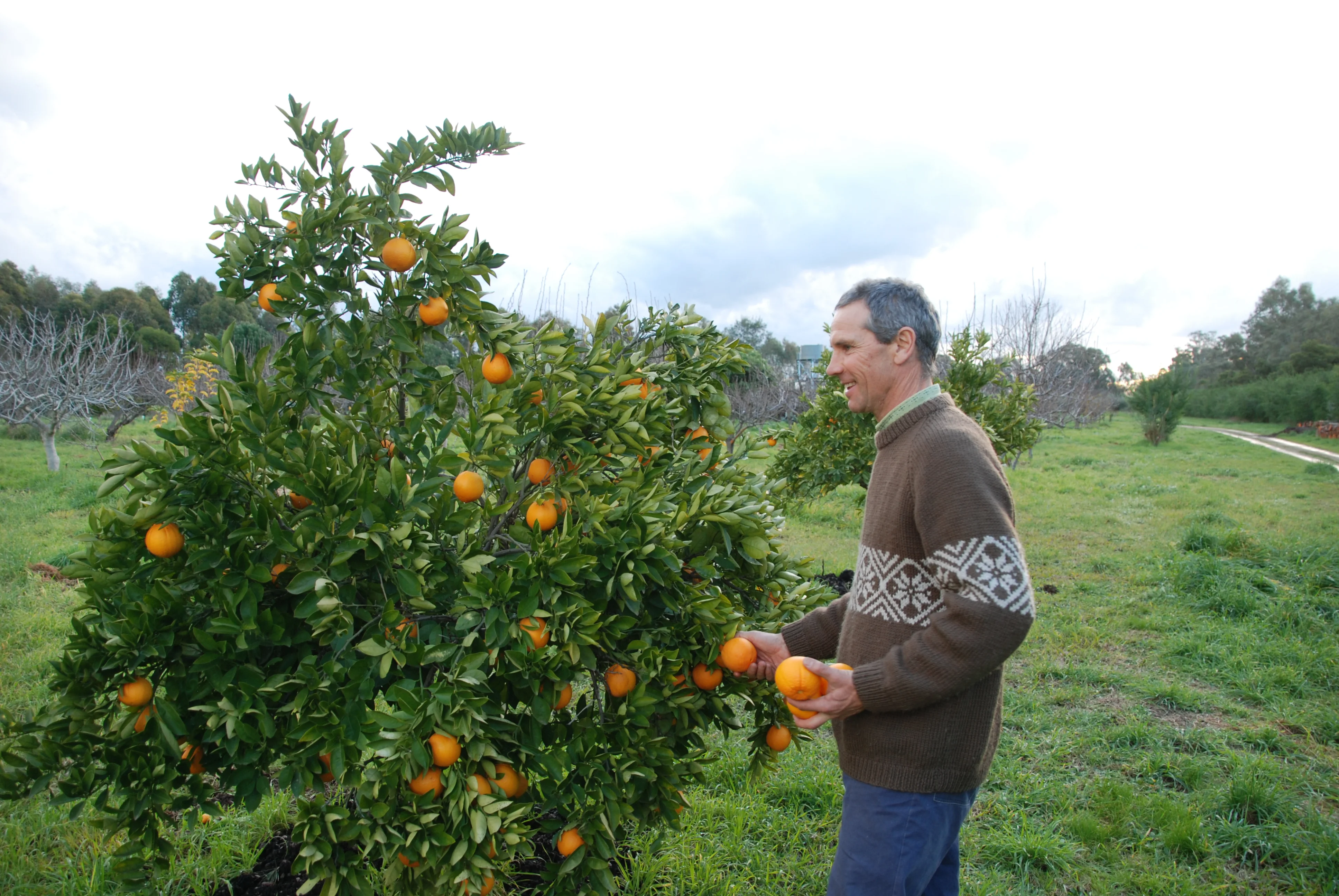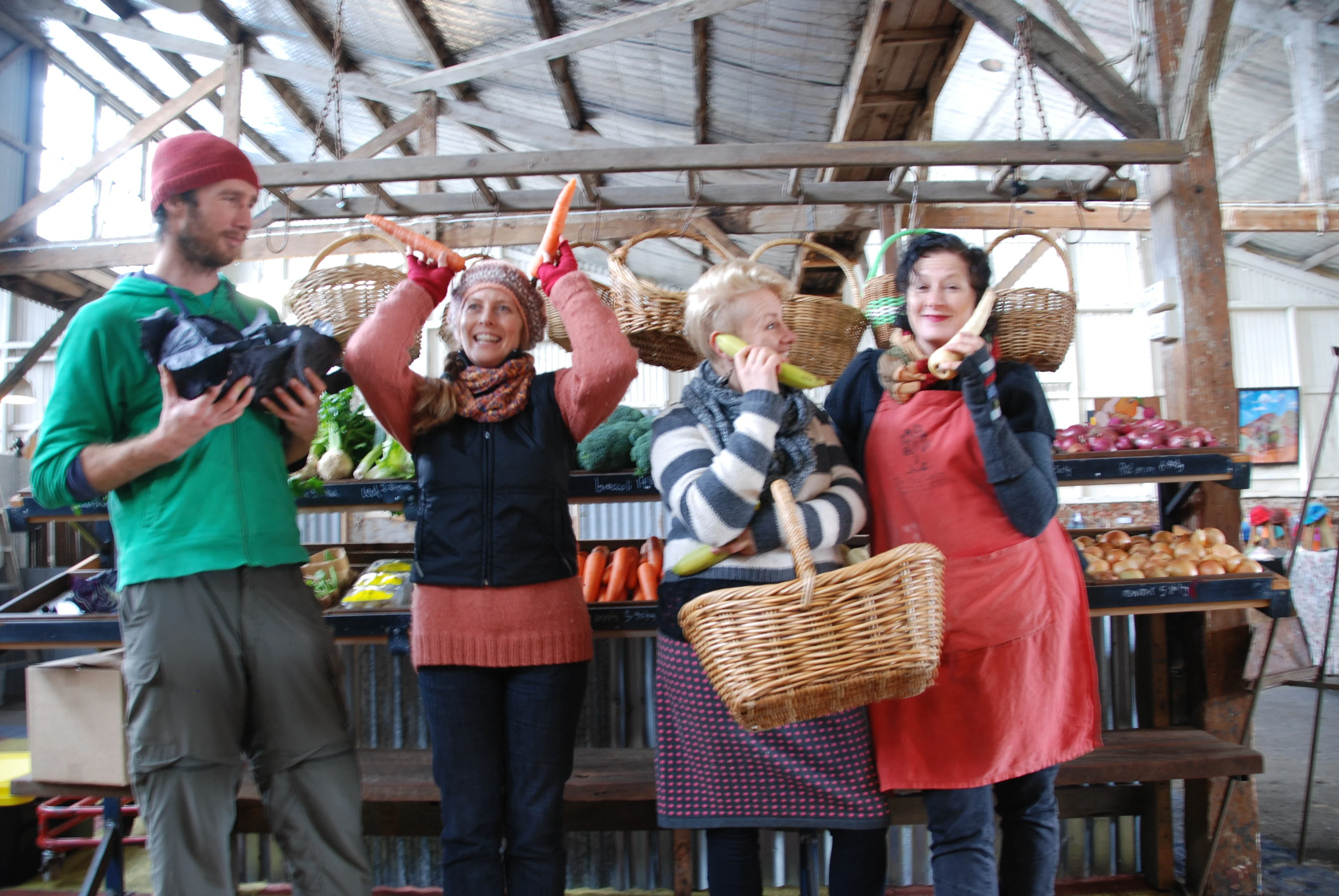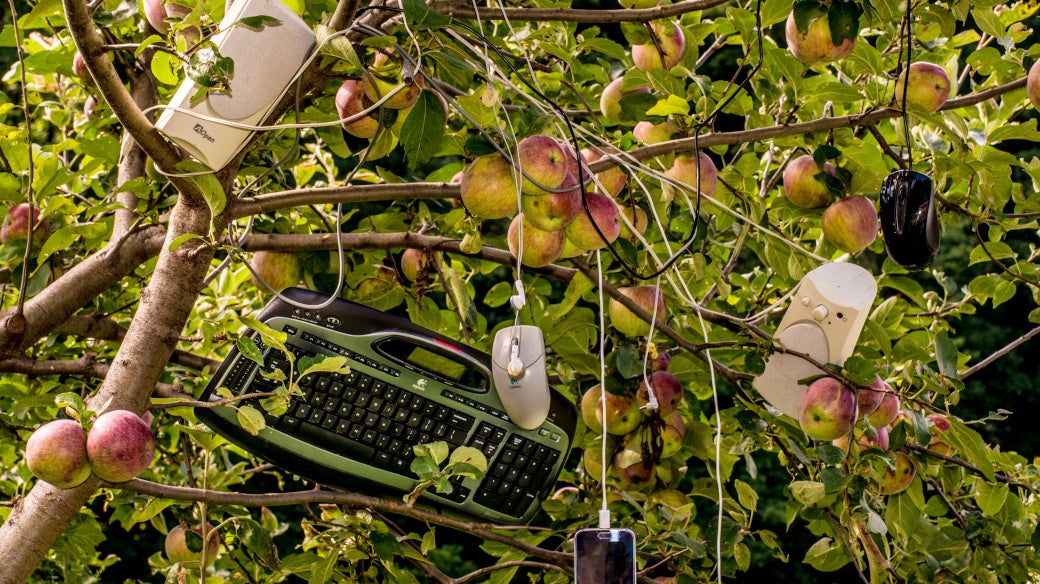Our food system is broken. As with so many systems of the 21st century, power is concentrated in the hands of very few companies, often geared toward exploiting people and the planet, under the premise of maximizing profit. Under such a mindset, feeding people is a secondary goal. When it comes to something as important as food, we can and should aim for more than this as a society. What if the goal became getting high-quality, nutritious, and ecologically regenerative produce from farms to plates of every person in the world?

(Open Food Network UK, CC BY-SA 3.0)
We believe getting food to everyone is not a radical concept. But getting there requires radical thinking. It requires putting the people most involved in the food system (producers, eaters, and communities) at the heart of the food system. It means putting collaboration above intellectual property. It means creating a commonwealth of knowledge and resources. This is the approach we are taking at the Open Food Network (OFN).

Open Food Network, CC BY-SA 4.0
What is the Open Food Network?
OFN was founded in Australia 10 years ago by two farmers. The launch was empowered by the capacity to create a network of small-scale farmers and shops dedicated to improving how food is sold and delivered to people.
Many initiatives already existed at that time (community-supported agriculture CSA, buying groups, local food stores), but none of them were working on the technology needed to leverage cooperation between the different actors on food supply chains. This was the main motivation and goal for the founders of OFN: to provide a web platform to help projects interact and collaborate, as a thriving network.

(Open Food Network Australia, CC BY-SA 3.0)
Why use open source?
Joining a network often means having the capacity to access peer knowledge and resources. Creating OFN also meant combining the effort in maintaining infrastructure and tools. This was appealing to everyone who wanted to join, but needed to happen without compromising each actor's sovereignty in the process.
To illustrate, take a look at the following example.
If you decide to launch a local and organic tree farming business, there is a good chance you might need to work on improving the land you've just bought. In some cases this leads to years of hard work. During this time, it's hard to use the services of a young startup that can close their service early or decide to increase their fees. If this happens, you either have to change software or absorb the impact in your own business model. In the farming world, this can put many small businesses in jeopardy.
Yet, the solution to rely only on software solutions from established companies would actually recreate on the software side the same concentration of power you are trying to avoid on the food side.
That's why the OFN software platform was released. From the very start, it operated under the AGPL v3 license. This is a license that allows anyone to contribute or reuse, as long as they share their work under the same license again. This meant working on community guidelines on how contributions can be done. It also meant creating rules for how people work together. Yes, the local startup which offers OFN as a service can still fail and close its doors. But having a community-led open source software means you can find other companies or organizations to run and improve the software for you. You are not tied up with only one organization.

(Open Food Network Australia, CC BY-SA 3.0)
However, free software does not prevent you from an unexpected rise in service fees (unless you're actually deploying your own server). That's why OFN operates on an open and transparent governance model. We use collaborative decision-making within our global network of communities. We also work collaboratively with farmers and food enterprises in each country to design software and resources that support their needs.
So, as a software user, you can join the governance of your local provider through membership or shareholding. There, you can share your voice before changes occur in the way the service is provided to you (price, quality, availability).
What is OFN doing today?
Ten years after its launch, OFN is a community spreading across three continents with 15 live production instances. More than 6,000 farmers and 700 local shops are using the software on a day-to-day basis.
This was made possible because passionate, dedicated people from all around the world are putting in the time, great ideas, and hard work to build and maintain the software platform. They also create the resources needed to build a better food system.
We work together so that we're all helping each other reach each goal we set, which means that we get more than we could possibly create on our own!

(Open Food Network Australia, CC BY-SA 3.0)
To help keep this awesome community moving forward, we recently decided to launch a GitHub sponsor page. While we want each local provider of the software to become sustainable and contribute to the main software maintainability, we are not at this stage yet. We rely heavily on grants and other public or private funding.
Feel free to join our community forum or check out our GitHub repo to learn more about us!









2 Comments